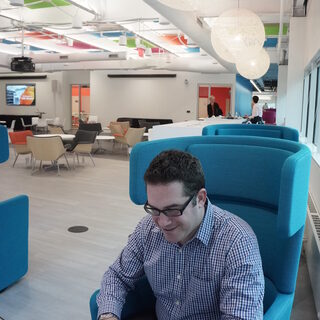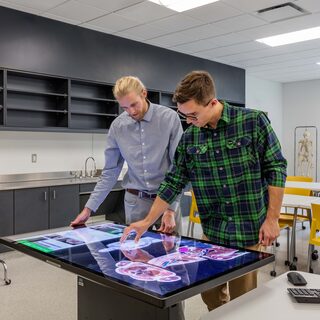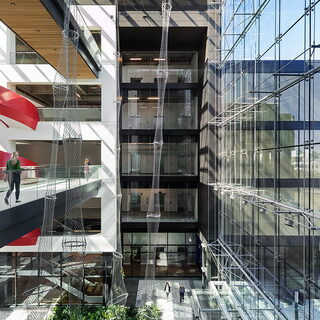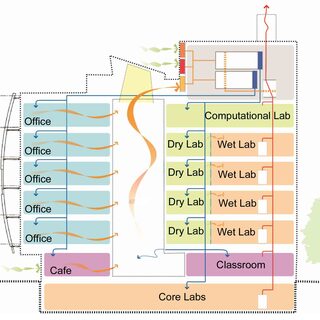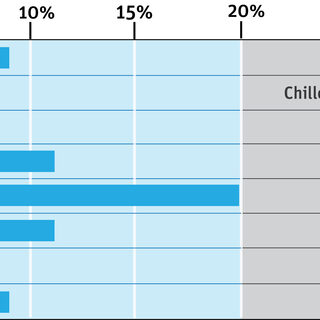Tradeline's industry reports are a must-read resource for those involved in facilities planning and management. Reports include management case studies, current and in-depth project profiles, and editorials on the latest facilities management issues.
Latest Reports
Results-Oriented Work Environment Reinvents Traditional Workplace
The technology-driven ability to work virtually from anywhere at any time is changing the way workspace is designed and utilized. The growing practice of allowing employees to work from remote locations means as much as 50 percent of total office workspace could be unoccupied at any given time, resulting in wasted money in leasing and operating costs.
University of North Dakota School of Medicine and Health Sciences
The University of North Dakota’s new School of Medicine and Health Sciences building in Grand Forks transforms medical and health sciences education in the state by creating a shared, collaborative learning environment, collocating for the first time the programs of medicine, basic science, medical lab science, physician assistant, sports medicine, public health, and occupational and physical therapy.
Technology Fosters Teamwork in New ARIAD Pharmaceuticals Headquarters
ARIAD Pharmaceuticals’ new home in Cambridge, Mass., has 40,000 sf of high-tech biology and chemistry labs, along with four distinct space types to accommodate the work modes of its staff: focus, collaboration, learning, and social engagement. The new 130,000-rentable-square-foot headquarters, known by its address, 125 Binney Street, in the heart of the Kendall Square life science community, stands in marked contrast to the company’s existing facility, less than two miles away.
Integrated Facilities for Engineering and Life Sciences Pose New Challenges
An increase in funding streams for interdisciplinary research coupled with major advances in computational research are driving bioengineering and integrated life sciences and engineering program growth. “Increasingly, universities are engaging in interdisciplinary research—that’s where the exciting problems are, and that’s what funding agencies are funding,” says Dr. Stephen Director, provost emeritus of Northeastern University in Boston. “We have found that our existing facilities don’t easily support that.”
Bridging the Gap Between Designing and Operating High-Performance Buildings
High-performance buildings are designed with the innovative features and advanced technology necessary to sustain peak operating efficiency, but they frequently fail to live up to their full potential, due to a number of factors: inadequate staffing; a lack of correctly configured technology; and a lack of proper instruction, capabilities, and skill sets of employees. Incorporating a process of building optimization can prevent these shortcomings.

